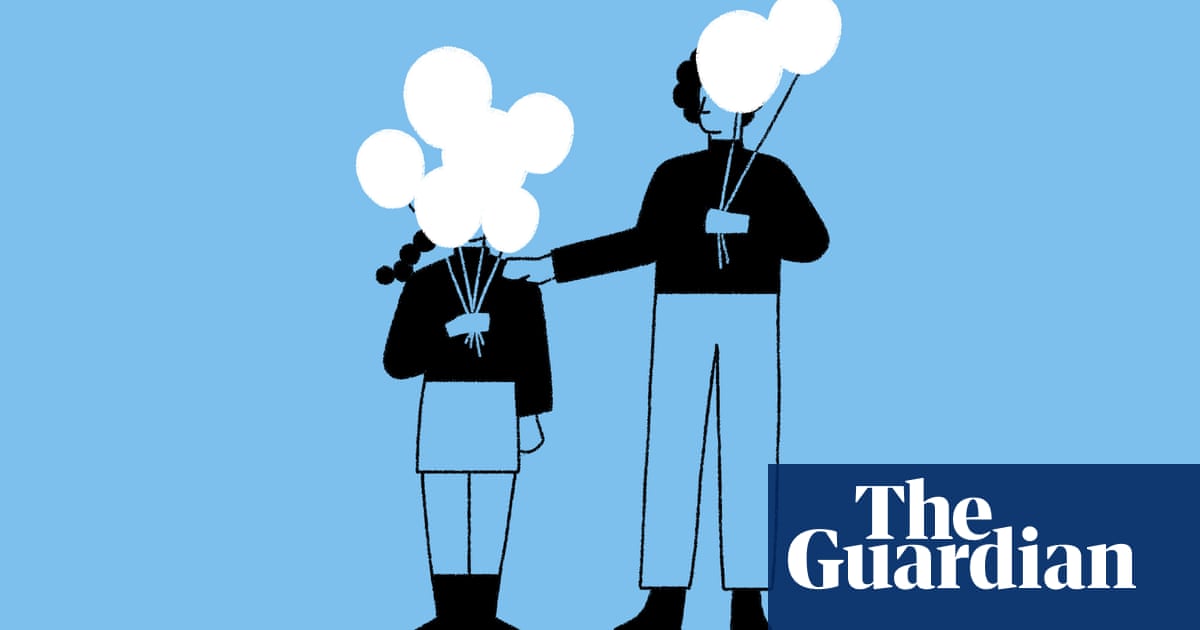Adolescence is a time of great change, with everything from sleep to social media impacting on growth. Psychologist Sarah-Jayne Blakemore explains how to support positive habits
When I was studying as an undergraduate, almost 30 years ago, I was taught that the human brain stops developing in childhood. But that is wrong. Now that we have the technology to look inside the living human brain and track changes in its structure and function across a lifespan, we know that the brain continues to develop substantially throughout adolescence and into early adulthood.
We define adolescence as the period of life between 10 and 24. This is a relatively new definition, which is partly based on this new knowledge about brain development. The brain changes, both in terms of its function – how it is activated when you do things like make decisions, plan actions, think about other people, or process emotions – and also in its structure. Although the brain is almost adult size by about the age of eight or nine, its internal composition changes radically during adolescence. Continue reading...
http://dlvr.it/Sklpkw
http://dlvr.it/Sklpkw


Post a Comment